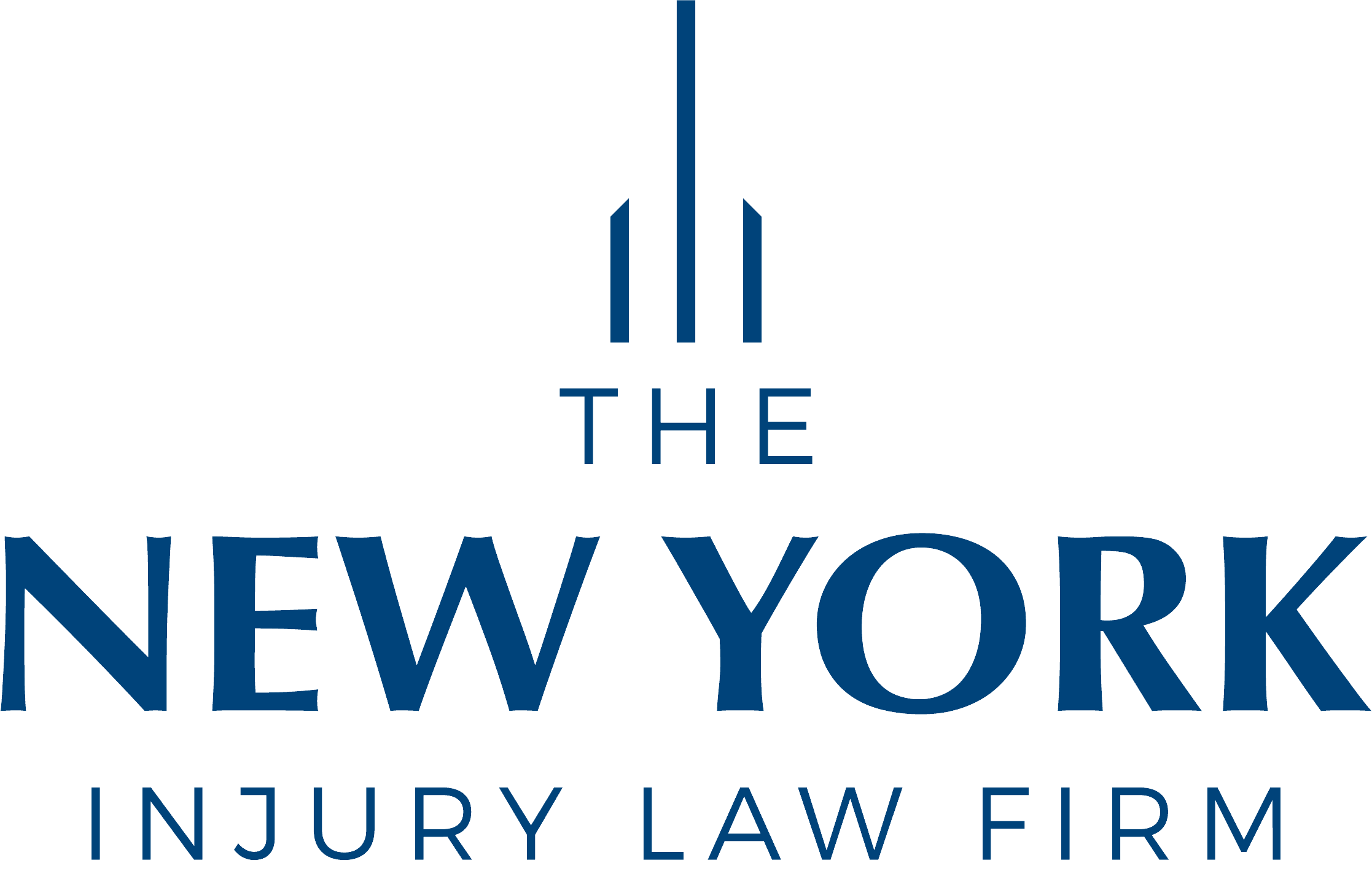

About New York City’s Subway System Accidents
New York City’s subway system is one of the busiest and most expansive in the world, providing millions of rides each day. With such a large volume of commuters, subway accidents can and do happen. Whether you’re a passenger on a subway train, a pedestrian near the tracks, or a worker on the subway system, being involved in a subway accident can lead to severe injuries, financial hardship, and long-term consequences.
If you have been injured in a subway accident in New York City, you may have the right to seek compensation for your injuries. However, claims involving subway accidents are different from regular personal injury claims. Because the subway system is operated by the Metropolitan Transportation Authority (MTA), a government entity, the process for seeking compensation is governed by municipal liability laws. This means that your case may be subject to different statutes of limitations, procedures, and requirements than typical car or slip-and-fall accidents.
One of the most important steps in pursuing a subway accident claim in New York is to file a Notice of Claim with the MTA, which is required by law. In this guide, we’ll explain the key aspects of subway accidents in New York, the legal process involved, and why it’s crucial to consult an experienced personal injury attorney to navigate the complexities of these cases.
Common Causes of Subway Accidents in New York
Subway accidents can result from a wide range of factors, including negligence, unsafe conditions, and mechanical failures. Some of the most common causes of subway accidents include:
- Train Collisions: While rare, train collisions can occur due to mechanical failure, human error, or system malfunctions. These accidents can cause significant damage and injuries to passengers on board.
- Slip and Fall Accidents: Wet floors, uneven surfaces, defective escalators, or poorly maintained platforms can lead to slip and fall accidents. Such falls can result in serious injuries, especially for older passengers or those with mobility issues.
- Station Accidents: Accidents can occur in subway stations due to overcrowding, improper signage, poorly designed layouts, or negligent maintenance. Passengers can be injured by falling objects, escalator malfunctions, or even collisions with other commuters.
- Train Door Injuries: Subway train doors, if faulty or improperly maintained, can trap passengers or cause crushing injuries when doors close unexpectedly or with excessive force.
- Electrical or Mechanical Failures: Subways rely on complex electrical and mechanical systems. If any part of these systems fails, it can result in accidents, delays, or injuries. For example, malfunctioning brakes or signal failures could cause an accident or derailment.
- Negligent Operator Behavior: Subway operators, like other transit employees, can be responsible for accidents caused by distracted driving, fatigue, or reckless driving. In some cases, operator error may contribute to serious accidents.
- Third-Party Hazards: Criminal activities or reckless behavior, such as assaults, fights, or thefts, can also lead to injuries in subway stations or on subway trains.
Understanding Municipal Claims and Filing a Notice of Claim
Unlike personal injury claims against private companies or individuals, subway accident claims are subject to municipal liability laws because the subway system is operated by the Metropolitan Transportation Authority (MTA), a government entity. When pursuing a claim against a government agency like the MTA, the legal process is subject to strict rules and deadlines.
1. Filing a Notice of Claim
The first and most important step in a subway accident lawsuit is to file a Notice of Claim. This is a formal written document that alerts the MTA (and other relevant government entities, if applicable) of your intention to seek compensation for your injuries. Under New York State law, when you are filing a claim against a government agency, you must file this Notice of Claim within 90 days of the accident. This is a strict deadline, and failure to meet it could bar you from pursuing any legal action or compensation.
The Notice of Claim must include specific information, such as:
- The name and address of the injured person.
- The date, time, and location of the accident.
- A description of the accident and the injuries sustained.
- A statement of the damages you are seeking.
Once the MTA or another government entity receives the Notice of Claim, they have a limited period to investigate the claim. They may request additional documentation or evidence to assess the validity of your case. If the MTA denies the claim or fails to respond, you must then file a lawsuit within one year and 90 days from the date of the accident to preserve your right to seek compensation.
It is critical to act quickly and consult with an experienced lawyer, as the timelines for filing are short and there are strict procedural rules that must be followed.
2. Statute of Limitations for Subway Accident Claims
Once the Notice of Claim is filed, if your claim is not resolved through negotiation, you can file a lawsuit against the MTA or the relevant government agency. However, the statute of limitations for subway accidents is different from other personal injury claims. In general:
- For subway accident claims against the MTA, you must file the lawsuit within one year and 90 days from the date of the accident.
This shorter timeline is imposed by New York’s General Municipal Law to protect government entities from indefinite exposure to lawsuits. Missing this deadline means you lose your ability to pursue compensation in court.
Liability in Subway Accidents: Who is Responsible?
Subway accidents can involve various parties, including government agencies, contractors, and sometimes third parties. In general, the MTA, as the operator of the subway system, may be held responsible for injuries caused by its own negligence or the negligence of its employees. However, determining liability in subway accidents can be complex due to the number of entities involved.
- The MTA’s Liability
The Metropolitan Transportation Authority (MTA) is responsible for maintaining the subway system, ensuring the safety of passengers, and ensuring that all equipment is functioning properly. If the MTA’s negligence caused the accident—for example, by failing to maintain the train, the tracks, or the station—then they may be held liable for your injuries.
Some common forms of MTA negligence include:
- Failing to inspect or maintain subway trains, tracks, or equipment.
- Failing to address hazardous conditions on the platform or in subway stations (e.g., wet floors, debris, broken elevators).
- Operating a train with malfunctioning doors, brakes, or other safety mechanisms.
- Improper training or supervision of subway conductors or other MTA employees.
- Third-Party Liability
In some cases, third parties may be responsible for subway accidents. For example:
- Contractors: If the MTA hires a contractor to perform work (such as construction, repairs, or maintenance) and that contractor’s negligence leads to an accident, the contractor could be liable.
- Private Companies: If the accident was caused by a third-party vehicle, such as a delivery truck or a car that collided with a train, the private company that owns the vehicle may share liability for the accident.
- Contributory Negligence
In some cases, the injured party may be partially responsible for the accident. For example, if a passenger was not paying attention and fell onto the tracks or ignored warning signs, the injured person’s actions may reduce the amount of compensation they are entitled to. However, New York follows a comparative negligence rule, which means that even if you are partially at fault, you may still be entitled to compensation, though the amount will be reduced based on your percentage of fault.
Contact Our Experienced New York Personal Injury Attorneys for a Free Consultation
If you’ve been injured in a subway accident in New York, you may be entitled to compensation for your injuries. However, pursuing a claim against a government agency like the MTA requires prompt action and strict adherence to procedural rules, including filing a Notice of Claim within 90 days.

Get Legal Help Today: Contact Our Law Firm for a Free Consultation
Our experienced team of personal injury attorneys is here to help you navigate this complex process and fight for the compensation you deserve. Contact us today for a free consultation to discuss your case. We are committed to protecting your rights and helping you recover from your subway accident injuries.


